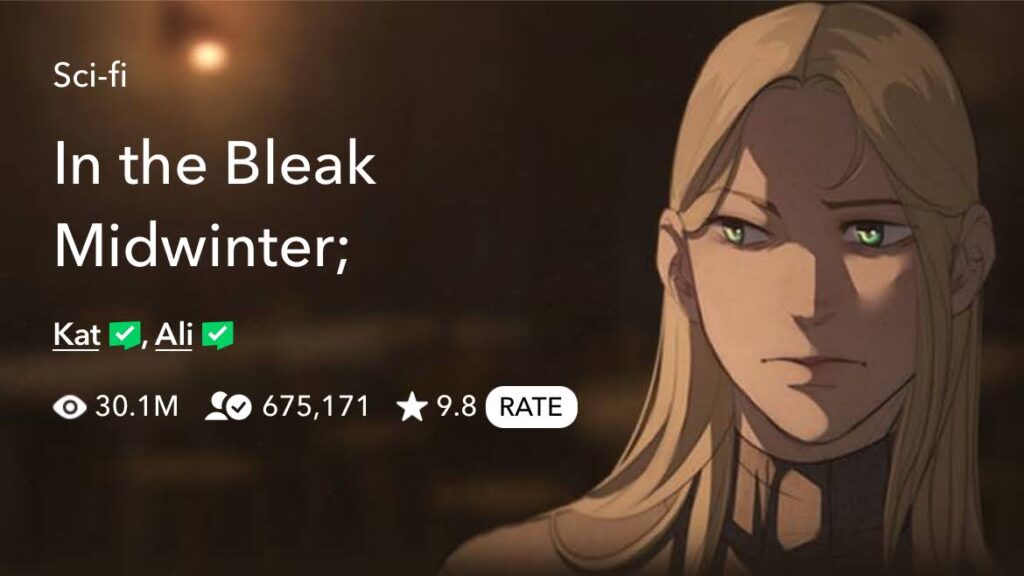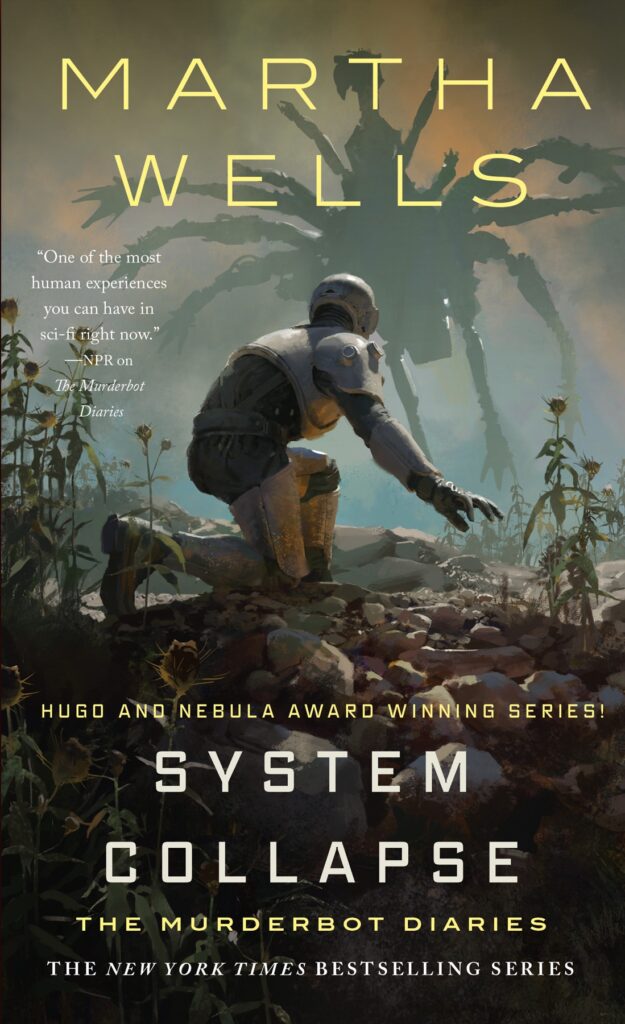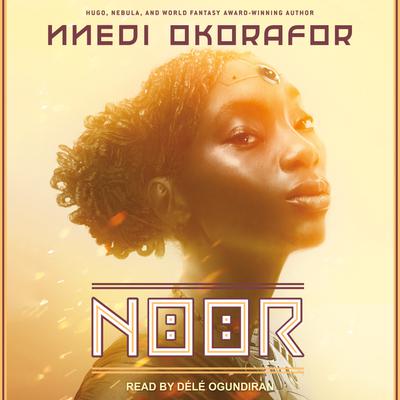The Old Guard
published by Netflix
2020
This is a fun action film about a group of near-immortals who work as soldiers for hire in the modern world. Charlize Theron shines as Andi, the leader of this group that has come together over centuries after finding each other (often through dreams) and fighting side by side. If practice makes perfect, this army of five is very close to perfect – and almost impossible to kill.
As they take on ethical-yet-violent jobs, they come to the attention of an evil biotech bro who wants to turn what they’ve got into profit – and he isn’t going to wait for them to agree to his invasive study plan.
The backstory flashbacks across time are well done; the settings are good; the fight scenes are well choreographed; the logistics of supporting oneself over centuries are addressed in bite-sized realism; the camaraderie between the near-immortals is adorable. I’ve watched this at least three times, and recommended it strongly when it first came out, to ensure my circle had a chance to see it.
It’s well done American-style action. I’d buy this if it were for sale. I’d watch sequels.






